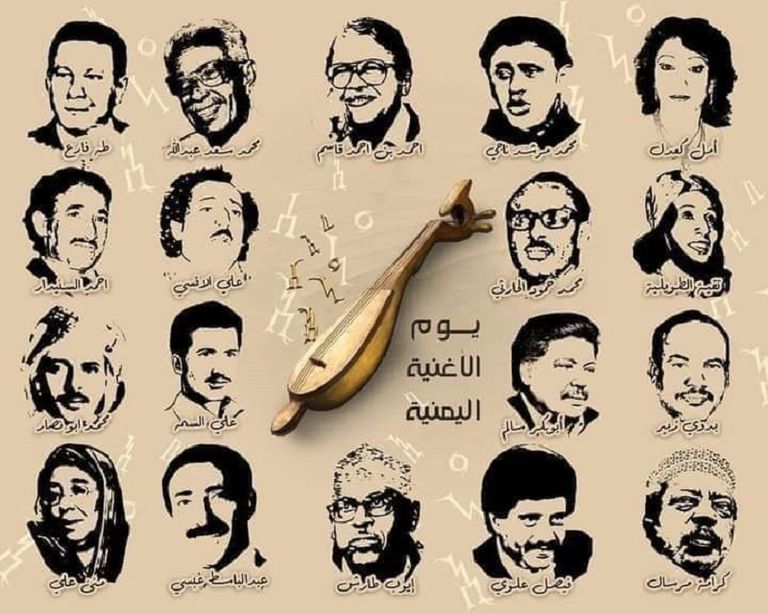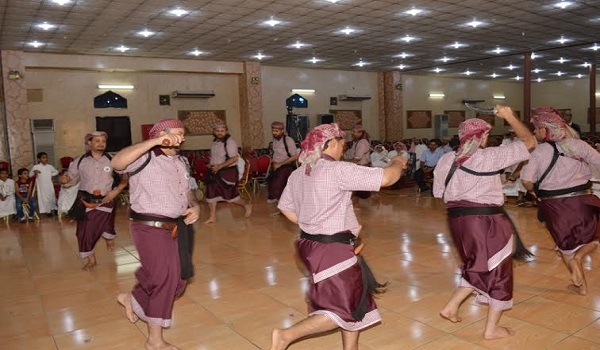For the individual in the Yemeni countryside, singing represents an expressive and emotional state intertwined with daily life. Passed down through the generations, some of these songs are related to common concerns, while others are about daily chores, routines and professions. They differ based on geographical location and the type of agriculture in the area, which influences identity and culture. Folk songs are often associated with dances in Yemeni society.
The songs are generally divided into two categories:
- Songs of crafts and professions
- Social ritual songs
Researcher Hussein Salem Bassediq points out that many folk songs evolved accompanying customs, social occasions and rituals. He mentions studies indicating more than 20 types of folk songs about topics including Sinawa (fetching water), songs of pasture, songs of agriculture, songs of raining and watering the fields, camel songs, painting houses with lime songs, grain-grinding songs, carpenters’ songs, craftsmen’s songs, fishermen’s songs, Tagloob songs (women’s songs on the coast of Hadhramaut governorate), cradle songs (children’s lullabies), childhood and school songs, wedding and marriage songs, Bani Mughrah songs (Ibex hunting songs), Razih songs, Zamil songs (wartime songs) and religious songs.



